15 Things You Never Knew About The Woolly Dog
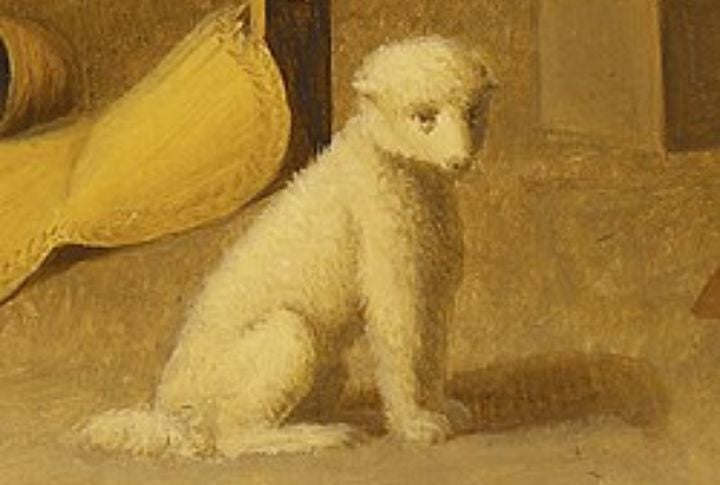
The Woolly Dog slipped through the cracks of mainstream dog lore, overshadowed by flashier breeds with royal backstories and TikTok followings. But their story? It’s rich with culture, mystery, and a little heartbreak. So, let’s take a look at 15 things about the Woolly Dog that might just make you question everything you thought you knew about dogs.
Bred For Their Woolly Coats

Selective breeding made the Salish Wool Dog a walking ball of fluff. Coastal communities raised them to produce thick, soft undercoats for weaving. Hence, these dogs weren’t meant for guarding or herding. Instead, their entire purpose revolved around their fur.
Maintained In Isolation
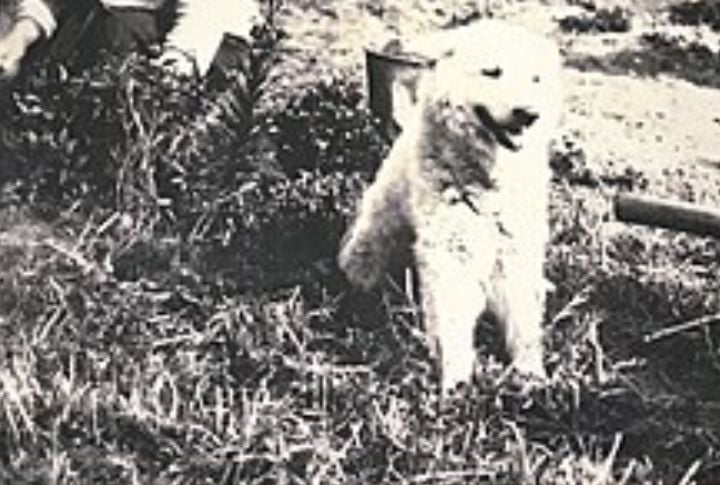
Communities kept these dogs separate from others—sometimes on islands or in pens. Why? To avoid mixed breeding and preserve their unique woolly genetics. This was calculated, grounded in respect for tradition, and necessary for maintaining fur quality.
Sheared Like Sheep

Each spring, Woolly Dogs were trimmed just like sheep. Their fur was carefully collected, cleaned, and spun into yarn as part of an annual cycle. Moreover, shearing was a ritualized practice overseen by women weavers, reflecting the cultural importance of the act.
Integral To Coast Salish Textile Traditions
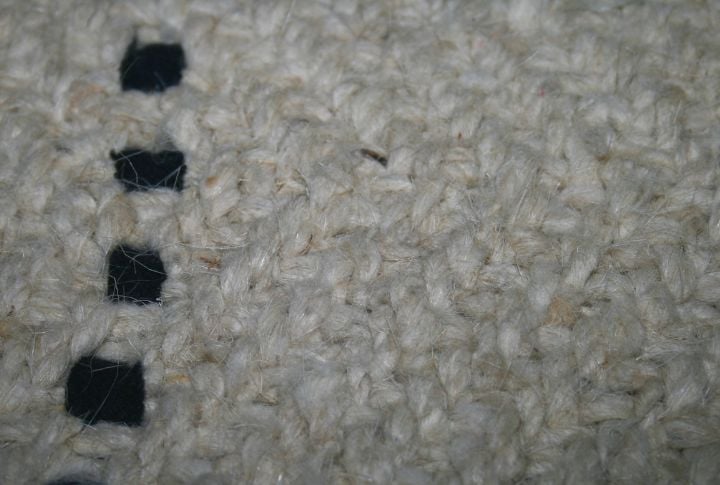
Walk into a Coast Salish home centuries ago, and you’d likely find wool hanging from looms. The Woolly Dog’s contribution was threaded into nearly every woven piece. These were considered tools of trade, gifts of respect, and family treasures.
Symbol Of Wealth And Status
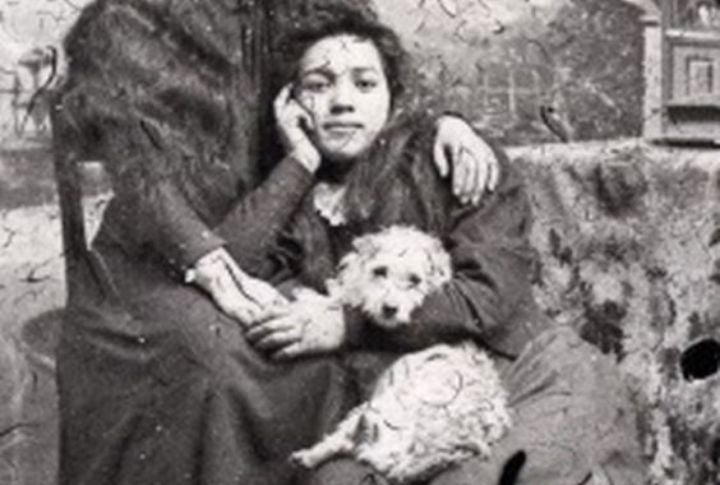
Owning one meant you held resources and respect. Woolly Dogs require constant care and proper feeding. Only wealthier families could afford that. Plus, showing off a Woolly Dog was like showing off fine jewelry—only it barked and looked like a cloud.
Decline Due To European Colonization

Sheep arrived with settlers, bringing alternative wool. Suddenly, dogs weren’t the only source of fiber. That shift, along with the spread of European tools and textiles, disrupted ancient practices. Over a few short decades, the Woolly Dog’s role and numbers dwindled rapidly.
Cultural Suppression Contributed To Extinction

Assimilation policies banned ceremonies, traditions, and potlatches. When culture is silenced, its animals vanish, too. Breeding practices ended, and with them, the knowledge of how to sustain the Woolly Dog. That’s why extinction happened when respect was stripped away.
Only One Known Specimen Remains

Collected in 1859, a single taxidermied Woolly Dog nicknamed “Mutton” is housed at the Smithsonian. That dog is the last known physical trace of the breed. DNA tests confirm its uniqueness, but the living lineage stopped with Mutton.
Distinctive Spitz-Type Appearance
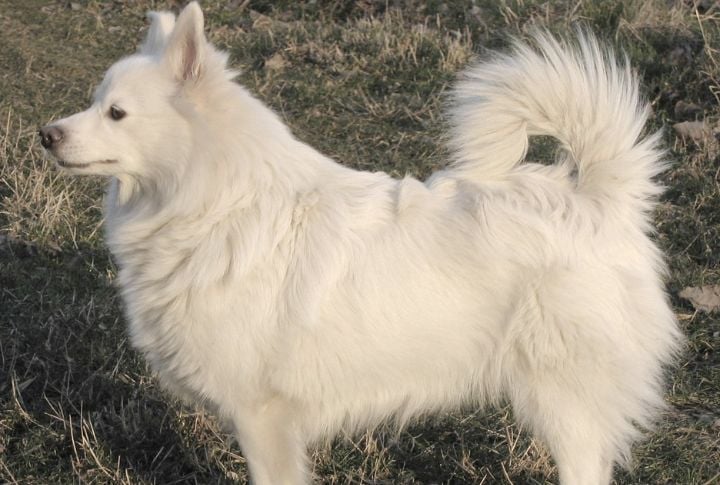
Small and white, the Woolly Dog looked like a blend of American Eskimo and Pomeranian. Its curled tail, pointed ears, and thick double coat made it stand out. Despite its size, its presence was anything but small, as this dog was built for function.
Diet Included Salmon To Enhance Fur Quality

Feeding these dogs wasn’t random. Fresh salmon rich in oils nourished coats from the inside out. You would find owners meticulously tossing dried fish or rich scraps to eager mouths. Without salmon, that glossy, spinnable wool would never reach perfection.
Spiritual Significance In Indigenous Culture
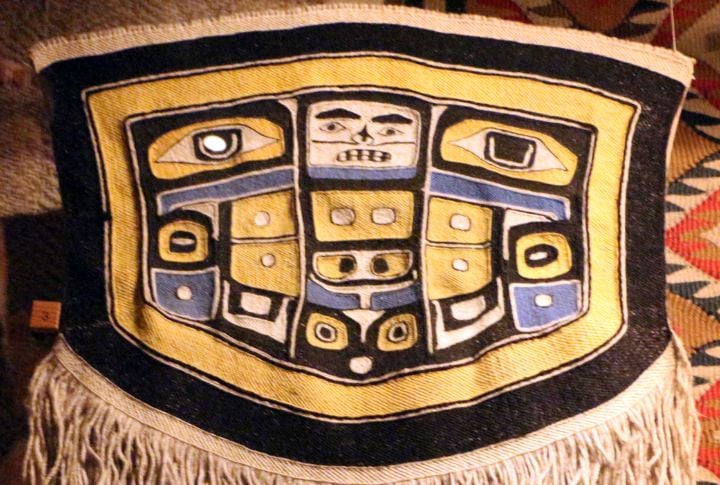
Fur carried more than heat. It was said that it held spirit. Wool from these dogs was woven into ceremonial clothing, believed to offer protection or power during rituals. Their presence in life extended into sacred garments. Hence, the dog was both a physical helper and a spiritual companion.
Blankets Served As Currency And Heirlooms

You could trade a Woolly Dog blanket for enough goods to last a winter—or secure a marriage alliance. These woven marvels traveled far beyond villages. Families passed them from hand to hand, generation to generation, weaving history, loyalty, and honor.
Genetic Studies Reveal Ancient Lineage

Scientists examined “Mutton” and found isolated DNA markers. Long before ships touched western shores, the Woolly Dog had already been shaped by generations of hands. You looked at one and saw a deliberate, ancient design, which was created patiently over centuries for warmth.
Depicted In Historical Artworks
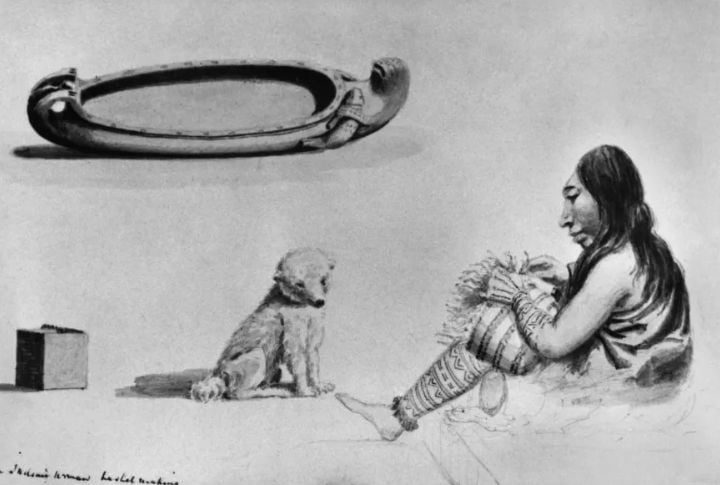
Before photography, art preserved what mattered. In Paul Kane’s 19th-century painting, a small white dog sits beside a weaver. That dog is a Woolly Dog. That’s how art captured what time erased, letting you glimpse a breed whose story nearly disappeared.
Potential For Revival Through Selective Breeding
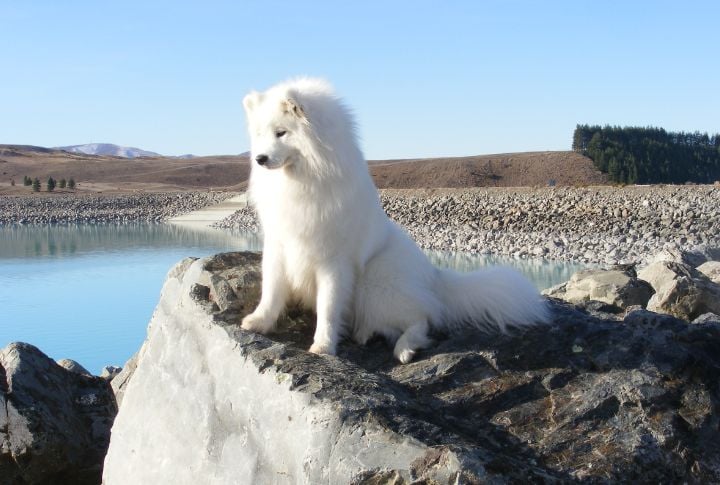
Modern breeders and Coast Salish communities are exploring revival efforts. With help from similar breeds like the Samoyed, it might be possible to recreate Woolly Dog traits. Though exact genetics are gone, cultural willpower might bring its likeness.






